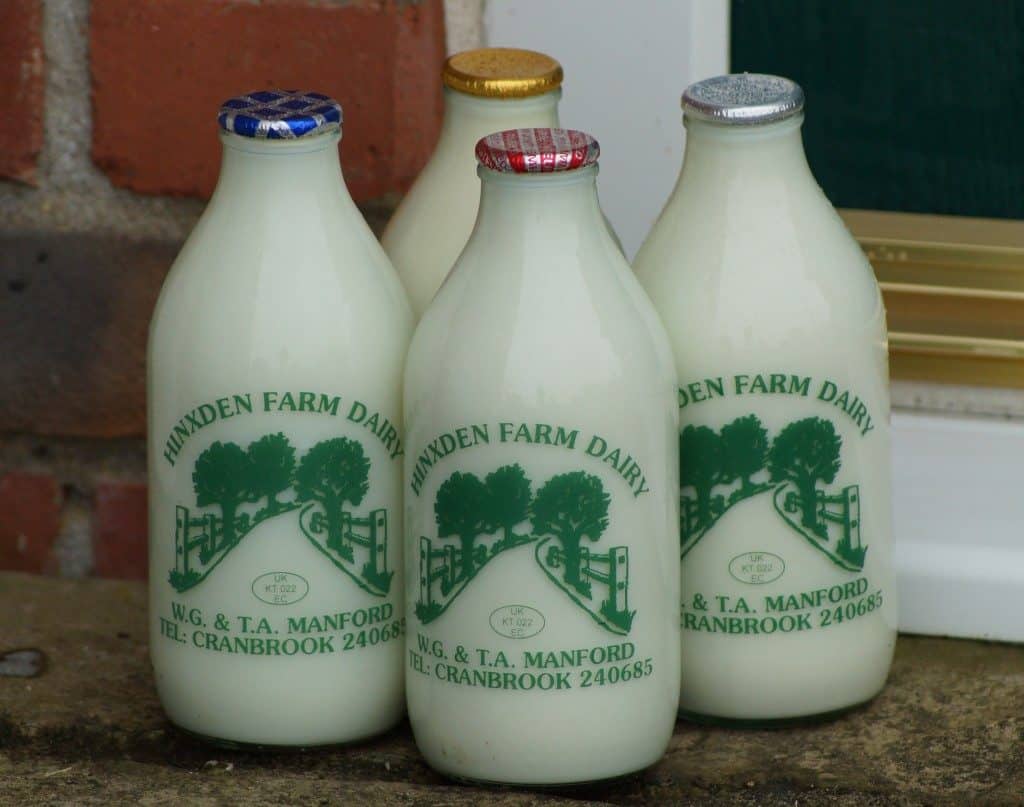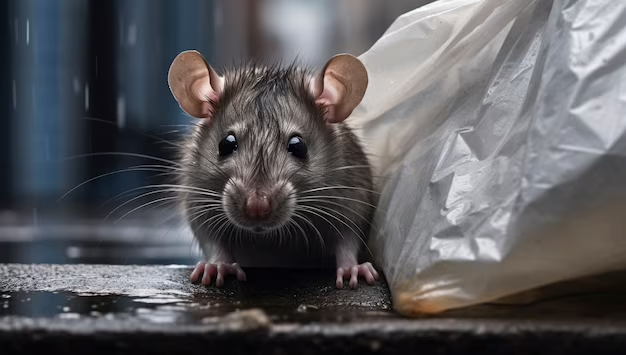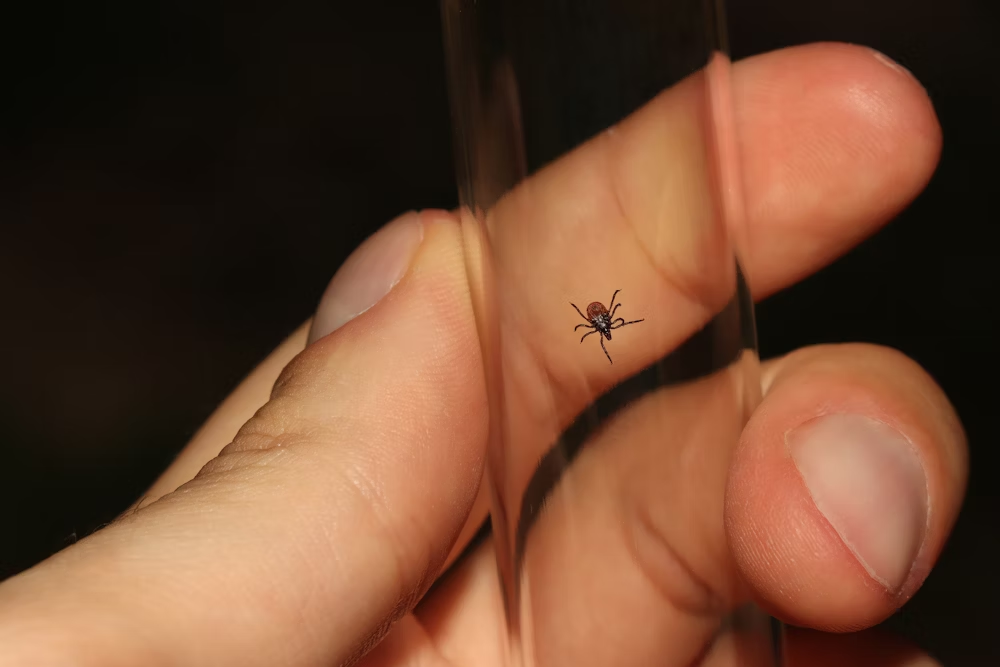
By Katie Greibesland
Everyone wants to have a healthy family and a healthy planet. Climate change has been making headlines lately, leaving many concerned about how their choices affect this issue. Many people find making eco-friendly choices challenging due to conflicting messages sent by major brands, but simple changes can make a big impact.
Want to help? Look no further than the milk in your fridge.
“Conventional” dairy is produced by cows raised on Concentrated Animal Feeding Operations, or CAFOs, where they are kept tightly packed, indoors, and fed byproducts of industrial farming. CAFO cows are often fed preventative antibiotics because crowding increases risk of disease. Drinking milk from cows treated with antibiotics can cause health problems.
The World Health Organization stated that antibiotic resistance in humans is mainly the result of excessive use in livestock feed. The CDC has connected tens of thousands of deaths to antibiotic resistance. CAFOs damage the local and global environment by polluting water sources and releasing excessive methane into the atmosphere.
However, some dairy cows are pasture-raised. They eat native grasses and bask in the sun. Some are raised organically. They have a diet without pesticides or antibiotics. Cows allowed to graze naturally rarely pollute water and encourage diversity in grasses by eating what grows more quickly. Cows raised organically on an open pasture also produce healthier milk. Research shows that organic milk is known to contain more iron, vitamin E, and omega-3 fatty acids.
Many brands of milk portray images of cows on grassy fields. Marketing companies are paid well to conjure an image of something more ideal than the actual product. Labels and certifications can be misleading, but one to rely on is USDA Organic. The USDA regulates the “organic” label, and it is considered the most trustworthy label with clear standards. Other labels are regulated by their own organizations, so results may vary.
I found that Certified Humane had stricter standards regarding pasture access for dairy cows than American Humane Certified, despite their frustratingly similar names.
Outdoor access and an organic, antibiotic-free diet are not the only signals of sustainability. Small family farms have a smaller concentration of livestock, and purchasing this milk also supports their livelihood rather than large dairy corporations.
You don’t have to drive out to the country to get it, either. Farming cooperatives allow small organic farmers to sell under larger labels. Some of the most eco-friendliest brands you can find in local supermarkets are Stonyfield and Organic Valley. Each company gets their milk from CROPP, the nation’s largest farmer-owned organic cooperative. Other brands I recommend are Horizon, Green Way (found at Foodtown), and Amish Country Farms.
Organic milk is more expensive, and unfortunately is not covered under WIC benefits, but keeping an eye out for these brands on sale can make this an affordable change.
In addition to being healthier, organic milk often has a later expiration date, meaning it will not sour on you before you’ve finished it.
In my search, I found that local supermarkets stocked brands of sustainable dairy, although there may be a smaller quantity and variety; organic heavy cream was more difficult to come by, for example. Supermarkets stock by expected demand. When we purchase sustainable dairy brands, they get stocked more, and these environmentally-friendly companies can beat conventional competition.
Anyone could be overwhelmed trying to change their lifestyle, but choosing organic dairy products is one simple way to start. For you and your family’s health, and for the health of the economy and the environment, I strongly encourage you to switch to organic milk.
Katie Greibesland, from Yonkers, is completing her master’s degree in biology at Miami University.





